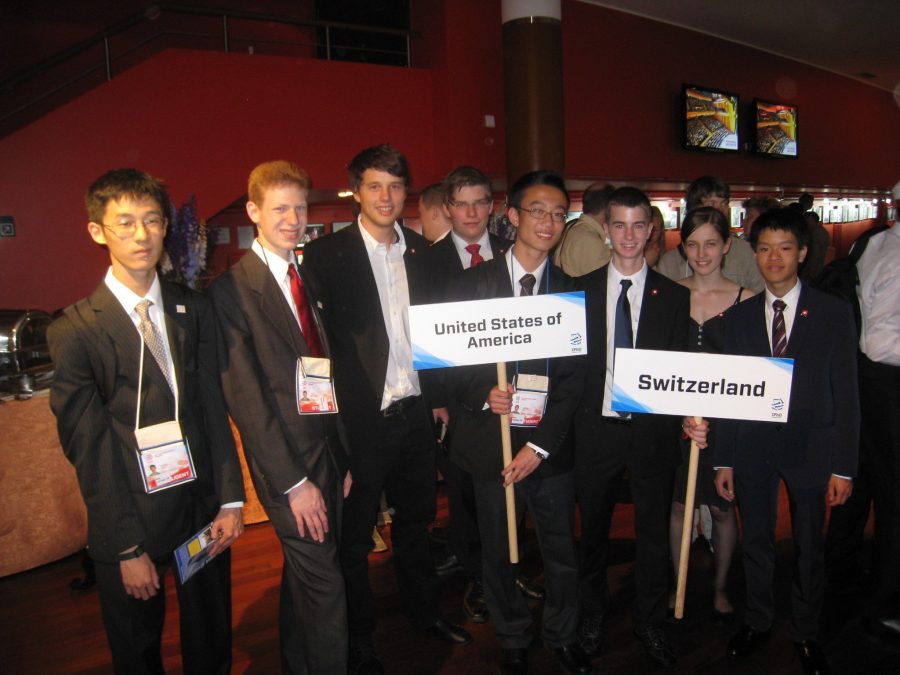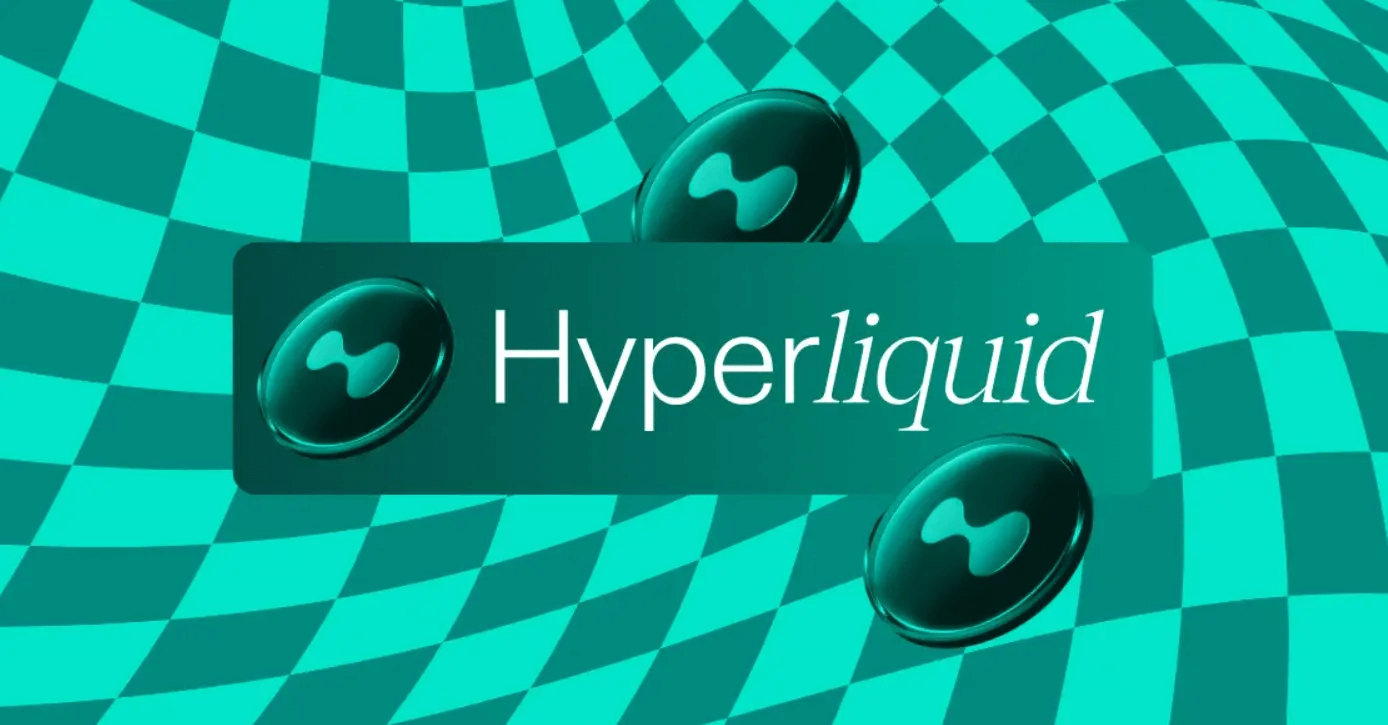The project is fully self-funded, rejecting venture capital, and insists on community-led ownership, achieving user co-construction through token airdrop distribution.
Author: Zen, PANews
The world's most profitable company per capita has changed hands, but it remains a crypto project. Recently, HyperliquidFR claimed that the decentralized exchange Hyperliquid generates an average annual revenue of $102.4 million per employee, surpassing Tether, OnlyFans, Nvidia, and Apple, ranking first in global companies by per capita revenue. Prior to this, stablecoin issuer Tether held the top spot with over $90 million in per capita revenue. According to DefiLlama data, the Hyperliquid team consists of only 11 core members, with an estimated annual revenue of approximately $1.127 billion.
In the cryptocurrency industry, filled with myths of sudden wealth, it is not uncommon for project founders to become crypto millionaires. However, cases like Jeff Yan and his founding of Hyperliquid, which can create such scale and efficiency with a small team, are still rare. A closer look at Jeff's family background, educational history, and professional experience reveals that the emergence of Hyperliquid and its development path may not be coincidental.
From Top "Problem Solver" to Decentralized Exchange Founder
Jeff Yan was born and raised in Palo Alto, California, to Chinese immigrant parents. As a teenager, Jeff began to show a strong aptitude for mathematics and physics. In 2012, Jeff won a silver medal at the 43rd International Physics Olympiad (IPhO), despite having focused on physics research for only about a year. In 2013, Jeff participated again in the 44th International Physics Olympiad, ultimately winning a gold medal and ranking 24th, marking the first time a graduate from his alma mater, Palo Alto High School, achieved such a result in this top competition.

Jeff Yan (4th from the right) with other members of the U.S. and Swiss teams
As a top "problem solver," Jeff successfully gained admission to Harvard University, majoring in mathematics and computer science. After graduation, Jeff joined high-frequency trading giant Hudson River Trading (HRT) as a quantitative trader. At HRT, he delved into the U.S. stock market, designing low-latency systems capable of executing thousands of trades per second, and gained a deep understanding of how market makers provide liquidity and the impact of different trading flows on market efficiency.
In 2018, Jeff was drawn to the burgeoning cryptocurrency industry. He attempted to build an Ethereum Layer 2 prediction market platform, but it failed due to regulatory uncertainty, limited applications, and a lack of users. After learning from this experience, he refocused on trading, leveraging his work experience to establish the cryptocurrency market-making firm Chameleon Trading in early 2020. During the bull market, Chameleon Trading quickly grew to become one of the largest market makers in centralized exchanges.
Until November 2022, when the FTX exchange's collapse shocked the world. "People realized that cryptocurrency was originally a fun game until some bad things happened," Jeff recalled. After witnessing billions of dollars evaporate overnight due to users trusting centralized platforms, many viewed it as a signal to "abandon the pit" and began to distance themselves from cryptocurrency, leading the industry into a prolonged slump. However, Jeff saw challenges and opportunities.
Jeff realized that ordinary users would place greater importance on self-custody and prefer to trade crypto assets in a decentralized manner. At the same time, they found a lack of a trading platform that balanced decentralized principles with a high user experience. Based on this judgment, the core idea of Hyperliquid was born: to create a "fully on-chain" high-performance perpetual contract exchange that allows users to maintain control of their assets while enjoying a trading experience close to that of centralized exchanges—Hyperliquid can theoretically handle 200,000 transactions per second, supporting multiple markets and high leverage.
Self-Funding and Streamlining: Jeff Yan's Small Team Strategy
In traditional startup stories, founding teams typically showcase their unicorn potential and then rush to seek funding and resources from venture capital firms, rapidly expanding their team size. This script is rarely an exception, even in the decentralized Web3 and cryptocurrency industry. However, Jeff and Hyperliquid are that exception.
Jeff emphasizes that Hyperliquid's development is entirely self-funded and has never accepted venture capital. He states that he is not starting a business for wealth; to him, "money is just a number," and what matters more is creating valuable and meaningful products. Jeff believes that rather than constantly seeking venture capital for milestone publicity, providing users with actual value is the true progress.
Therefore, from its inception, Hyperliquid has adhered to the principle of "community-led ownership": distributing tokens directly to users through their trading, ensuring that venture capitalists do not control the network. As Jeff puts it, "Allowing venture capitalists to hold large stakes in a decentralized network will become a 'scar on the network'." His vision is to establish a financial system "built by users and belonging to users."
In terms of team building, Hyperliquid has consistently maintained a "small but elite" strategy, with the core team currently consisting of only 11 members, about half of whom are engineers, while the rest handle product and operations. The team maintains a flat and efficient working atmosphere, with Jeff granting the team ample autonomy in management while actively participating in technical aspects to stay informed of all developments. Hyperliquid insists on a light asset operation, without a separate marketing department or traditional business development team.
In the early stages of the startup, Jeff and other members faced various challenges together, working in close coordination. This is attributed to Jeff's adherence to the principle of "pursuing excellence" in talent recruitment. He admits to being very selective about every partner he hires, as "hiring the wrong person is even worse than not hiring anyone at all." While he is willing to expand the team appropriately as the business grows, he insists on only bringing in those who are "extremely smart, ambitious, and truly passionate about this endeavor."
Jeff once stated in an interview: "We are not like the common teams in the cryptocurrency field that have grand long-term visions, raise large amounts of funding, and set multi-year roadmaps. I think that approach is cool, but it's not our strength." Jeff claims that the team focuses more on the next steps that need to be taken and believes they are moving in the right direction, but they do not create a plan with hundreds of steps.
How Did Hyperliquid Rise?
Hyperliquid's technical architecture is completely different from traditional DEXs. It is a fully on-chain matching decentralized perpetual contract exchange, rather than an AMM model like Uniswap. The Hyperliquid team has specifically built a high-performance Layer-1 blockchain (also named "Hyperliquid"), giving it trading throughput close to that of CEXs. On this basis, Hyperliquid has achieved complete order book matching—limit orders, trades, cancellations, and liquidations all occur transparently on-chain and can be completed within a single block. Some analyses suggest that by June 2025, Hyperliquid will capture about 78% of the on-chain derivatives market, with daily trading volumes exceeding $5.5 billion.
Hyperliquid's matching engine also introduces special rules: the platform intentionally lowers the priority of high-frequency "taker" market orders, giving market makers the opportunity to update their quotes. This encourages market makers to offer tighter bid-ask spreads, providing better pricing for traders. Under this price-time priority and strategically smooth matching mechanism, all trades are executed on-chain, and the entire process is completely transparent to users. Such complex matching rules and decentralized execution have been favored by professional traders.

Regarding liquidity, Hyperliquid has established a protocol-level HLP: a hybrid liquidity pool that combines market-making and clearing functions. The HLP treasury is owned by the protocol, and any user can deposit funds to participate in market-making. When there are no matches in the order book, the HLP acts as the counterparty to complete the trade. Jeff emphasizes that, apart from the HLP, Hyperliquid has not entered into any private agreements or funding arrangements with market-making institutions. In other words, Hyperliquid does not designate internal liquidity pools or market makers like some centralized exchanges; the only liquidity supply comes from the open HLP, which is designed to ensure fairness and transparency.
Additionally, Hyperliquid's decentralized design is also reflected in its token economy. The native token HYPE serves both as a governance tool for the network and can reduce trading fees through staking, with a buyback mechanism in place to capture value. When the HYPE token is launched in November 2024, Hyperliquid will airdrop 31% of the tokens to approximately 94,000 users, making it one of the largest user-centered distributions in recent years.
From the very beginning, Hyperliquid has experienced explosive growth. With its fully on-chain transparency, Hyperliquid has successfully attracted a large number of crypto whales and top institutions to participate. All its trading, position, and margin data are publicly accessible, and this unprecedented transparency not only establishes a strong trust foundation but also becomes its most striking calling card. The frequent entry and exit of well-known trading institutions and capital giants not only brings significant liquidity but also, in an intangible way, provides "credit endorsement" for the platform, allowing it to rapidly rise in the derivatives space.
When it launched in 2023, without overwhelming marketing or KOL promotion, the platform's daily trading volume surpassed $1 billion in less than 100 days. According to a DWF research article, Hyperliquid's crypto perpetual contract trading volume in July 2025 is estimated to be around $32 billion, with protocol revenue reaching $86.6 million, both setting historical records. On August 15, Hyperliquid announced on the X platform that it achieved a new milestone, with a 24-hour trading volume of $2.9 billion and fees reaching $7.7 million.
According to a new report released by data provider RedStone, in just one year, Hyperliquid has captured over 80% of the decentralized perpetual contract market, comparable to some of the largest centralized exchanges. These astonishing figures have led the community to refer to Hyperliquid as the "on-chain Binance." All of this has been achieved with a team of just over ten people and a zero marketing budget.
免责声明:本文章仅代表作者个人观点,不代表本平台的立场和观点。本文章仅供信息分享,不构成对任何人的任何投资建议。用户与作者之间的任何争议,与本平台无关。如网页中刊载的文章或图片涉及侵权,请提供相关的权利证明和身份证明发送邮件到support@aicoin.com,本平台相关工作人员将会进行核查。




